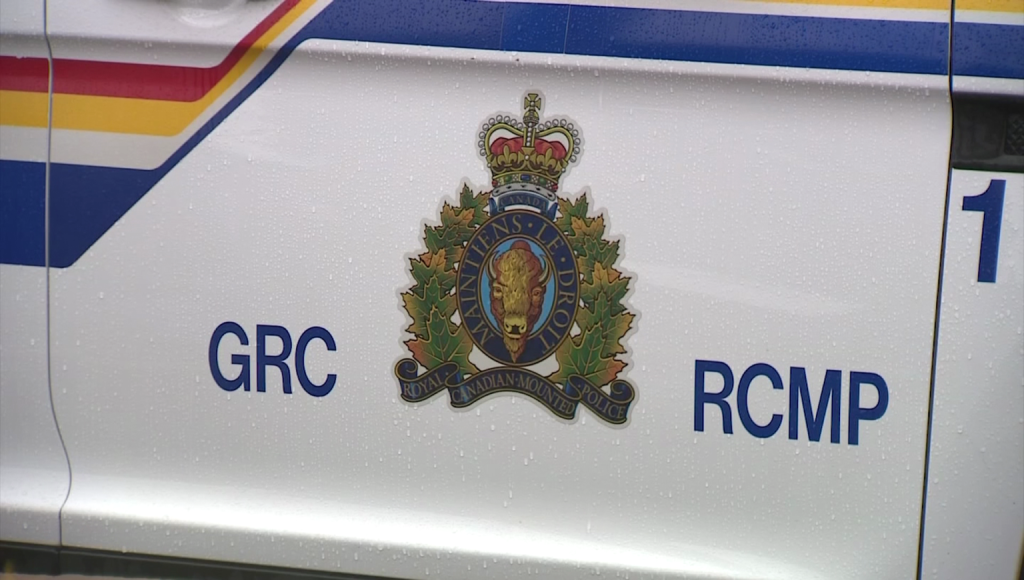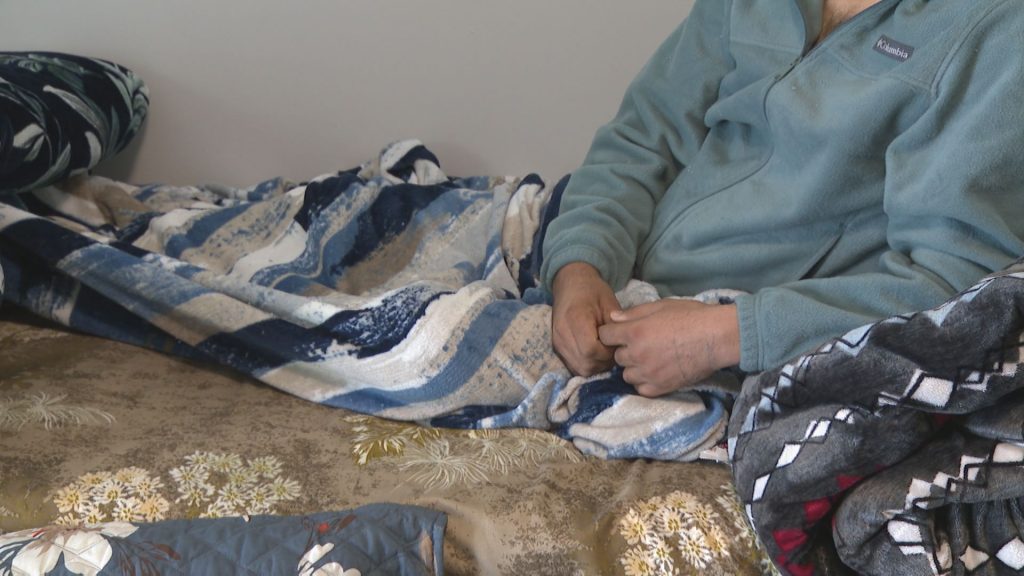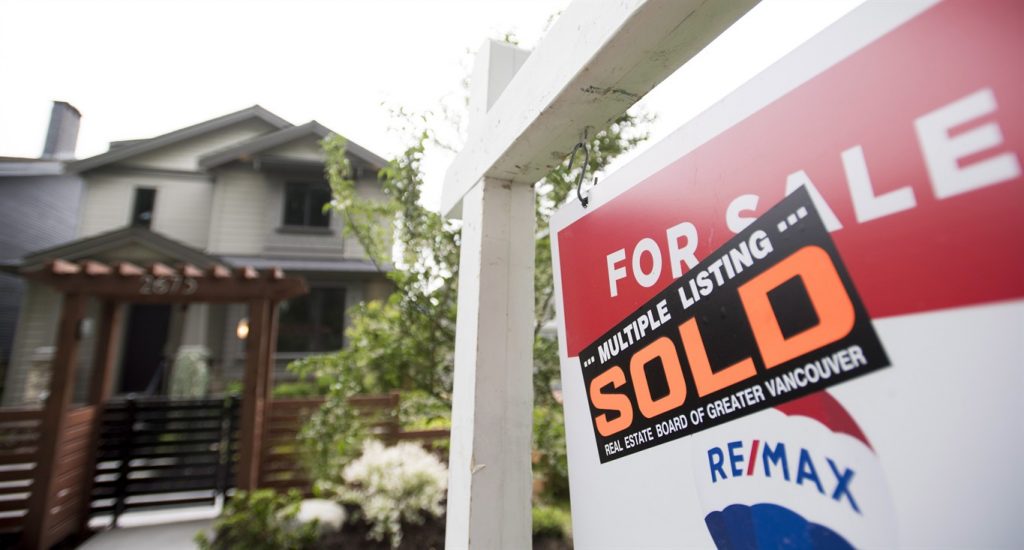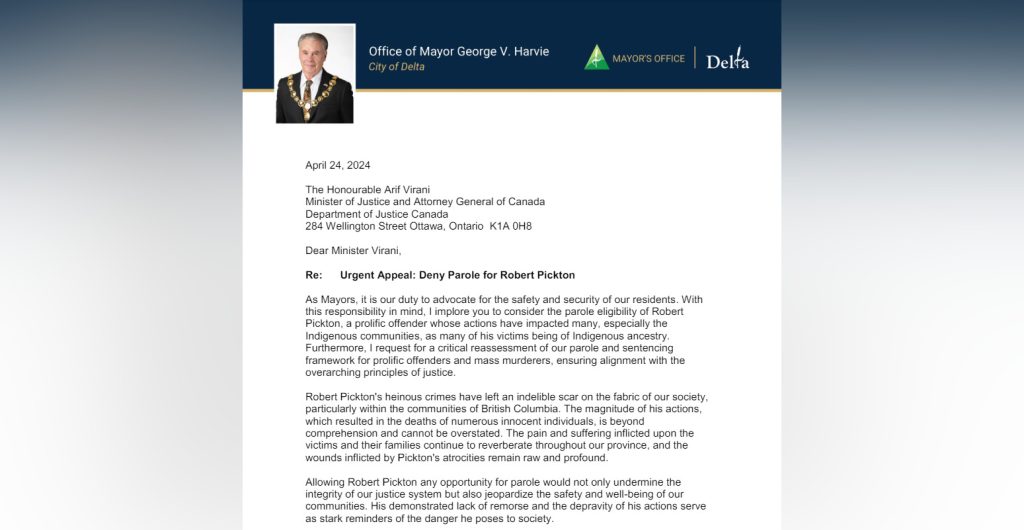Are you feeling bombarded by all the election polls?
Posted May 6, 2013 6:50 am.
This article is more than 5 years old.
VANCOUVER (NEWS1130) – If you have been feeling little overwhelmed by polls lately, you’re not alone.
Angus-Reid, Insights West and Forum Research have each released polls since last week’s leaders TV debate which suggest the BC Liberals are closing the gap on the BC NDP.
It’s the first time in a long time the Liberals have made a significant jump.
“A lot of people expected this to happen as the campaign goes on because traditionally, this has happened in BC campaigns,” says Eric Grenier with the website ThreeHundredEight.com. “So, the real question now is if they will continue to tighten up or if the Liberals will just coast for the next week.”
Prior to this recent shift, NDP Leader Adrian Dix had been enjoying a double-digit lead over Liberal Leader Christy Clark in most polls for more than a year.
Clark has repeatedly shrugged off the results. “I know the media loves to track the polls, but it’s not a horse race,” Clark said in a paid TV ad last month. She has often pointed to the election in Alberta last year as an example of how pollsters can get it wrong.
What went wrong in Alberta?
The Alberta election caused many to question the accuracy of polls. Most of them gave the Wildrose Alliance a lead and at least one company suggested the party would win a majority government.
Not only did the Progressive Conservatives beat the Wildrose Alliance, they won a solid majority.
“One of the things that happened in Alberta is it was very difficult to do surveys on the weekend because the election happened on a Monday,” Angus-Reid’s Mario Canseco tells News1130. “I think all of us that covered the election missed the trend of people walking away from the Wildrose Party because of statements that were made by some of the candidates.”
Canseco says polls aren’t meant to predict the future but they do serve as a snap shot of what would happen if the election were to be held the day they are released.
“We really aim for a short completion window,” adds Canseco. “We don’t want to be in a situation where we ask you who you’re going to vote for on April 17th, then you change your mind because of something that happens on April 18th and the information is reported in the end of April. We try to report our information as quickly as possible because that’s the way you can get an accurate prediction.”
Ipsos Reid‘s Kyle Braid agrees speed is important, but warns working too fast can lead to mistakes. “The first people in usually get most of the coverage, so speed does matter.”
“One of the concerns though, is fielding the poll too quickly can skew the results. If you do a telephone survey and you try to get it all done in one night, it will skew to older people and women. You certainly won’t get many young people or working people in the poll.”
How polls work
When Angus-Reid does a national survey it looks at the answers provided by 1,000 respondents, which is the industry standard, and gives a margin of error of 3.1 per cent. That number drops to 800 respondents in provincial surveys and falls to 400 in regional surveys, such as in a city the size of Vancouver.
Angus-Reid switched from phone surveys to online surveys in 2007.
“We rely on an online pool of respondents who know we’ll be sending them emails and collecting information about specific things that they like and forum that we have is big enough to be representative of the entire country and every single population demographic,” says Canseco.
“That’s important because people tend to assume that if it’s online, we’ll only be talking to young people who may be more likely to vote for the NDP, but obviously you need to collect information from every single demographic. That’s the way elections work. We’ve correctly predicted 34 of 35 elections using this methodology.”
Braid says they’ve also been shifting away from phone surveys over the last decade.
“We’ve built panels of people who are willing to respond to surveys and we ask lots of questions about them in terms of their income, ethnicity, age and gender to make sure the people we’re speaking to do represent the population as a whole.”
He explains what hasn’t changed much over the years is the questions that are asked.
“The actual choosing of the wording for political surveys isn’t all that fancy. The questions that were asked in the 1960s and 70s are still asked today. Asking questions is the easy bit, though you will find if someone wants to manipulate a poll, changing the order of the questions or changing things about them can make a difference.”
Canseco agrees some surveys by less than reputable companies are more about advancing agendas than getting accurate results.
“I’ve taken [surveys] over the phone and they ask me who I’m going to vote for after they have revealed something horrendous about one of the two people who are running in the election.”
“You don’t want to talk about specific policies or mistakes or things the government may have done and then collect the information at the end. We try to collect this in the most careful way, which is not trying to lead them.”
What to take away from polls
Braid says not all polls are created equally. He explains there are a number of questions you should ask yourself when you are trying to determine whether the information you are getting is accurate.
“With the proliferation of polls out there, I believe that some of them are better done than others,” he adds.
“It’s tough for the public to figure that out, but it’s incumbent upon journalists to ask some of those questions like who has paid for the poll? Is the sample large enough? Does the company doing it have a history of polling on the topic the poll is about? Perhaps most importantly today, what weighting has been applied to the poll to make it reflective of the public as a whole, and are those weights so significant they actually undermine the poll itself.”
Grenier says it’s also important to look at polls in groups instead of individually.
He points to the recent election polls in BC as a good example. “You can see that it’s clear that the gap between the Liberals and the New Democrats is narrowing, but when you consider them as a whole you get a better idea of the trends,” Grenier says.
“Each poll is not necessarily the only results you can consider. When you have one poll showing one party doing well on Vancouver Island and another poll shows a different result, remember, they’re sampling fewer people at the regional level [than at the federal level] and you’re going to see wilder variations.”










